How to eliminate a second or third mortgage in bankruptcy
Whether you can eliminate a second or third mortgage in bankruptcy depends on what type of bankruptcy you qualify for. Yes , if you are in a Chapter 13 (or 11) and the value of your home has decreased to below the balance owed on your first mortgage. No , if you are in a Chapter 7 or the value of your property is more than the balance on the first trust deed. So don’t believe anyone who simply says, “you can wipe out your mortgage in a bk.”
What is it? The procedure is called “lien stripping” and it allows a Chapter 11 or 13 debtor to transform a secured second mortgage or home equity line of credit into an unsecured debt (like a credit card), eliminate a monthly payment, and reduce total debt by tens of thousands of dollars.
Example. Let’s say you own a home worth $500,000. Perhaps that home was worth $850,000 three or four years ago but its market value has dropped for whatever reason. The balance on the first mortgage is $550,000 and the balance on the second mortgage is $150,000. In this case, a Chapter 11 or 13 debtor can ask the bankruptcy judge to “strip away” the second mortgage lien since all of the value in your home is “covered” by your first mortgage. In other words, if you were to sell your house, the first mortgage lender would not be paid in full and the second mortgage lender would get nothing. The second mortgage lender is, therefore, unsecured or “under water.”
Effect. Once “stripped away” a portion of the debt that used to be secured by the lien against the property is paid as if it were an unsecured debt. Depending on the circumstances of the case, this could be as little as $0.00.
What you need to “strip” a junior lien.
In order to take advantage of a lien strip, these two elements must exist:
1. You must be a debtor in a Chapter 11 or Chapter 13 case, and
2. The fair market value of your house is less than the balance due on your first mortgage
Mark Brenner has successfully “stripped” several junior mortgages in Chapter 11 and 13 cases. In cases where the value is several thousand below the balance of the first loan, banks do not usually oppose the motion. In close cases the main problem is proving the fair market value of the home. To do this it is recommended that you pay for an appraisal of your property to convince the judge that the second mortgage is, in fact, fully under water. However, in those cases where the value has dropped dramatically, it can be established by the opinion of a real estate broker or other real estate professional.
The post How to eliminate a second or third mortgage in bankruptcy appeared first on Mark E. Brenner, Counselor at Law.

